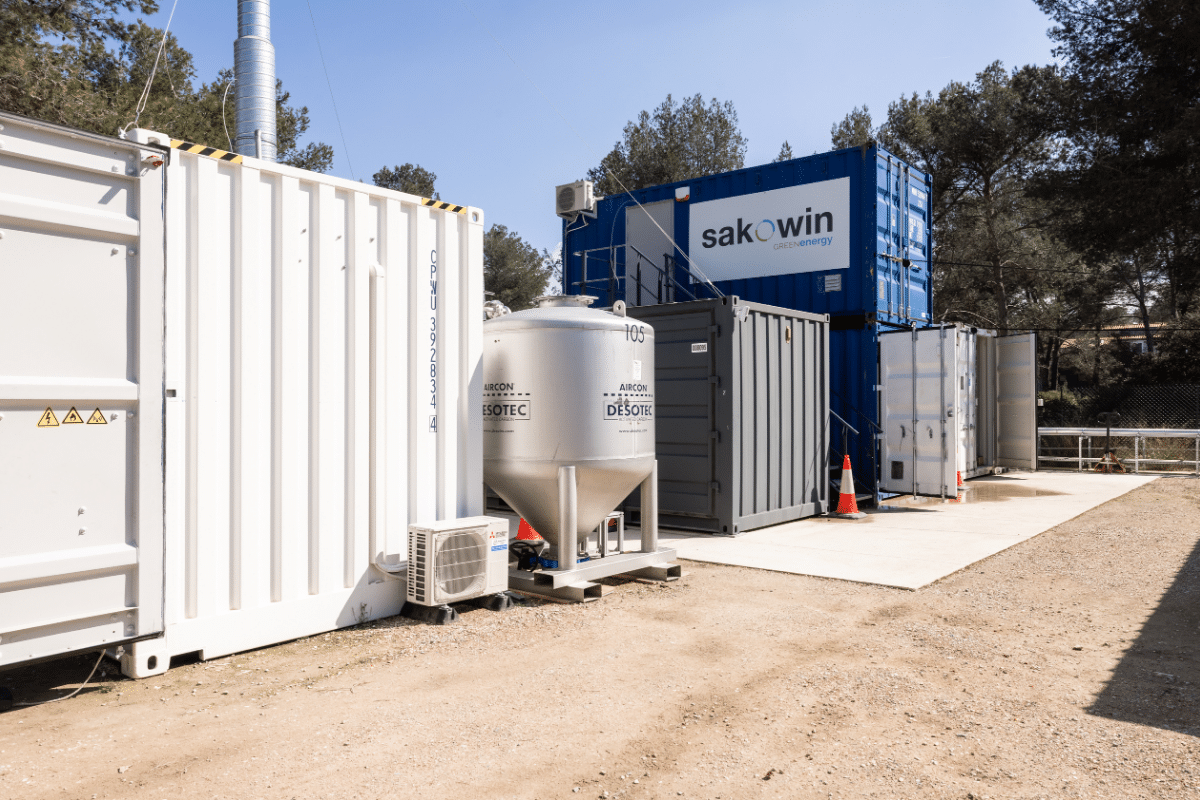Sakowin's Methane Plasmalysis: Revolutionizing the Hydrogen Industry with Clean Production
Key Ideas
- Sakowin's methane plasmalysis offers an energy-efficient and scalable alternative to electrolysis for producing low-carbon hydrogen.
- The technology utilizes plasma to split methane molecules into hydrogen and solid carbon, with a goal of decarbonizing industrial processes.
- The process is modular, scalable, and cost-effective, with the ability to generate hydrogen on-site for various industries without CO₂ emissions.
- Sakowin's innovation is set to be deployed in an industrial pilot at Swiss appliance manufacturer V-ZUG, marking a significant step towards commercialization.
While most efforts in the hydrogen industry focus on electrolysis, French startup Sakowin is pioneering methane plasmalysis as a cleaner and more efficient method. This approach aims to address the challenges of producing clean hydrogen by utilizing plasma to split methane molecules into hydrogen and solid carbon, without emitting CO₂. Sakowin's technology is designed to be energy-efficient, scalable, and cost-competitive compared to traditional electrolysis. The process, known as methane plasmalysis by microwaves, involves a series of steps that result in the production of low-carbon hydrogen, also known as turquoise hydrogen. This innovation allows for the production of hydrogen at large volumes without the need for electrodes or catalysts, enhancing the purity of the final products. The technology's modular nature enables on-site hydrogen production, reducing transport and infrastructure costs for industries like refineries and steel manufacturing. Sakowin's system, which boasts rapid startup and shutdown capabilities, is compatible with intermittent renewable energy sources like solar and wind, making it versatile and environmentally friendly. The company aims to achieve a low energy consumption rate and cost-effective hydrogen production without subsidies. With the upcoming installation of an industrial pilot at V-ZUG, Sakowin is transitioning from the lab to industrial applications, offering a promising solution for decarbonizing industrial processes and reducing CO₂ emissions. By capturing solid carbon as a byproduct, Sakowin adds value to the process, turning what could be waste into a valuable resource for various industrial applications.
